I have some C# code that adds a simple text overlay with a border and semi-transparent background to an image. It works great, but I'm trying to get an equivalent result using Magick.NET. (The straight C# code drops the XMP tags from the original image, and I haven't found a way to deal with that.) Magick.NET handles the XMP tags well, but I'm having trouble replicating the original output.
Original code follows:
using (Image i = Image.FromStream(stream))
{
int width = i.Width;
int height = i.Height;
using (Graphics graphics = Graphics.FromImage(i))
{
string measureString = "my string";
Size stringSize = graphics.MeasureString(measureString, stringFont).ToSize();
Point drawLocation = new Point(width - stringSize.Width - 15, height - stringSize.Height - 15);
Rectangle rect = new Rectangle(drawLocation.X, drawLocation.Y, stringSize.Width, stringSize.Height);
graphics.DrawRectangle(blackPen, rect);
graphics.FillRectangle(fillBrush, rect);
graphics.DrawString(measureString, stringFont, Brushes.Yellow, drawLocation);
}
i.Save(outputFolder + Path.GetFileName(imgFileName));
}
I cobbled this together based on the Magick.NET examples. This get close to what I'm looking for, but adding the border removes the transparency value, and I'm left with a dark gray background, instead of the transparency.
var settings = new MagickReadSettings{
Font = "Calibri",
FillColor=MagickColors.Yellow,
StrokeColor=MagickColors.Black,
TextGravity = Gravity.Center,
BackgroundColor = new MagickColor("#66666699"),
BorderColor = MagickColors.Black,
Height = 250, // height of text box
Width = 680 // width of text box
};
using (var image = new MagickImage(inputFile))
{
using (var caption = new MagickImage($"caption:{myString}", settings))
{
//adding this border removes transparency
// caption.BorderColor = MagickColors.Black;
// caption.Border(1);
image.Composite(caption, Gravity.Southeast, CompositeOperator.Over);
image.Write(outputFile);
}
}
